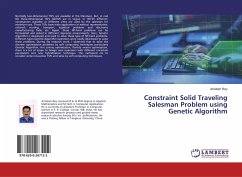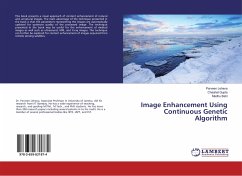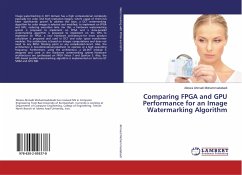
GENETIC ALGORITHM BASED CANNY DISTRIBUTED EDGE DETECTION USING XILINX
Versandkostenfrei!
Versandfertig in 6-10 Tagen
36,99 €
inkl. MwSt.

PAYBACK Punkte
18 °P sammeln!
Edge detection plays a vital role in the areas of feature detection and feature extraction. Conventionally, manual operations were performed to set the window size for extracting edge features. Noise rejection and edge localization are the two contradicting offset in selection of window size. To overcome this drawback genetic programming is proposed to search pixels automatically to construct new edge features for detecting edges in real images. The proposed method avoids the problem of blurring (large window) and noise effect (small window) by selecting the window size. Genetic programming is...
Edge detection plays a vital role in the areas of feature detection and feature extraction. Conventionally, manual operations were performed to set the window size for extracting edge features. Noise rejection and edge localization are the two contradicting offset in selection of window size. To overcome this drawback genetic programming is proposed to search pixels automatically to construct new edge features for detecting edges in real images. The proposed method avoids the problem of blurring (large window) and noise effect (small window) by selecting the window size. Genetic programming is used for feature detection and feature extraction to produce rich information and improves classification accuracy. The main aim of feature extraction is to reduce the unwanted data and transform the data bit into a reduced set of features. MATLAB and Verilog is used for simulation and implemented on Xilinx virtex-5 FPGA.












